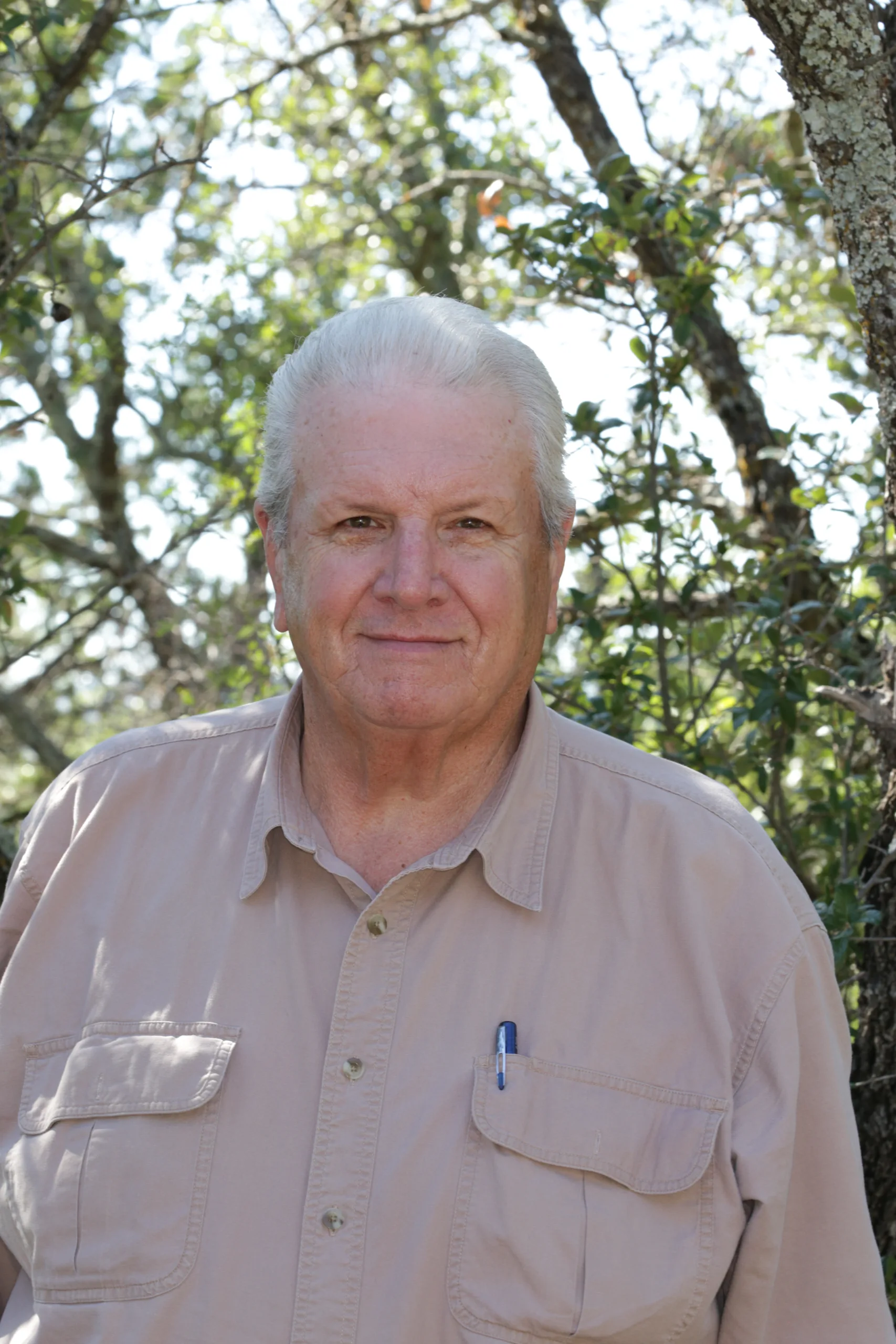We’ll cover the who, what, where, when, why AND how of gathering population data for whitetail deer. Participants will learn the history of different techniques used to count bucks, does, and fawns. Knowing how many deer reside in an area will tell you if the population is too high for the habitat available. Presentation can be expanded from 50 to 70 minutes (without Q & A), to show calculations of existing population and how progressive hunting can improve the buck to doe ratio and increase fawn survival, half of which are bucks.

